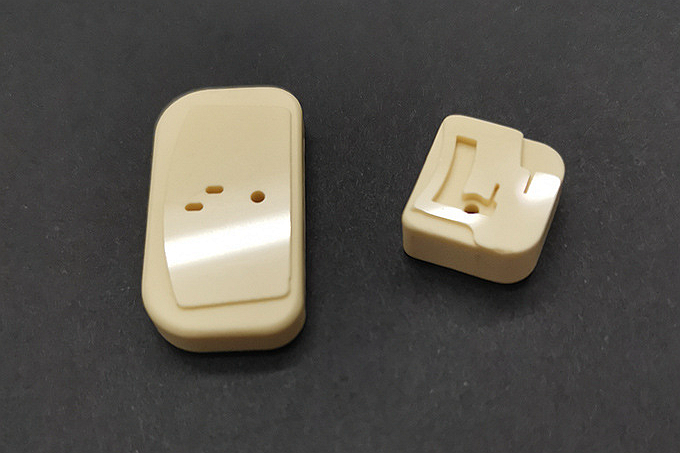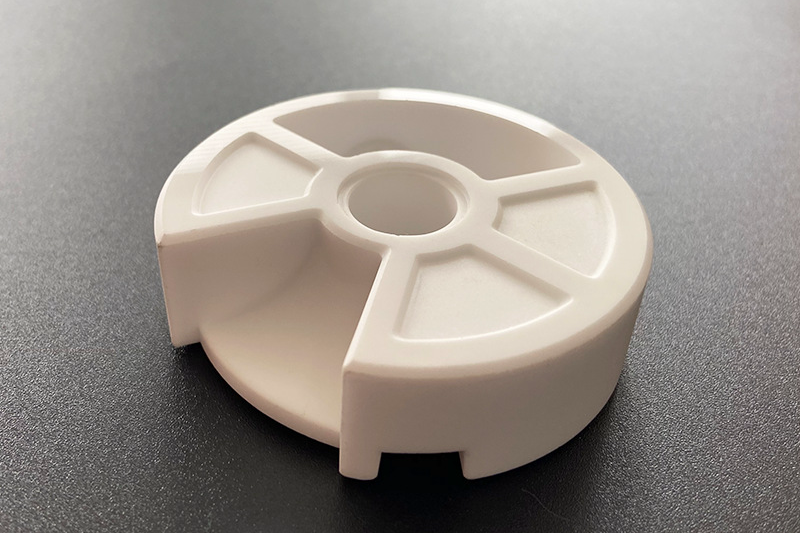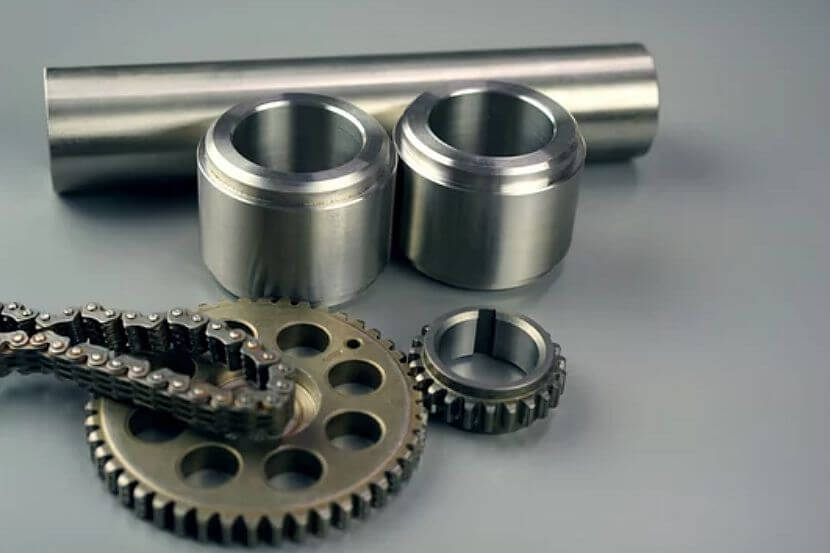How to control transmittance, haze, and refractive index accuracy in lenses?
In optical lenses for telecommunication, consumer electronics, and lighting solutions, transmittance, haze, and refractive index accuracy are tightly linked to material purity, forming process, surface finishing, and coating quality. From an engineering perspective, the strategy is to start with optically suitable materials, control process-induced defects, and close the loop with metrology and feedback, whether the lens is produced by plastic injection molding or ceramic injection molding.
Material and Process Selection for High Transmittance
Transmittance begins with the choice of resin or ceramic. For visible-light lenses and light guides, materials such as Acrylic (PMMA) and Polycarbonate (PC) are common due to their high clarity and stable refractive index when molded correctly. In harsh or high-temperature environments, technical ceramics like zirconia CIM can be used for infrared windows or protective optics. Tight control of drying, melt temperature, and injection speed in injection molding is crucial to prevent bubbles, burn marks, and internal stresses that reduce transparency.
Surface Quality and Haze Control
Haze is driven mainly by micro-roughness and internal scattering centers. Tooling quality and maintenance are therefore critical. Lens cavities must have optical-grade finishes, with polishing sequences defined and verified. Neway leverages both precision mold making and post-processing methods such as engineered polishing to achieve sub-micron surface roughness on key optical surfaces. Process windows are adjusted to minimize flow marks, weld lines, and splay, all of which contribute to increased haze. For complex freeform optics, early samples can be produced and iterated via 3D printing prototyping and then transferred into production tooling once optical performance is confirmed.
Refractive Index Accuracy and Stability
Refractive index accuracy requires controlling both the chemistry of the material and the thermal history of the part. Resin lot traceability and consistent drying profiles are maintained, ensuring that PMMA or PC lenses exhibit minimal batch-to-batch variation. Cooling rates in the mold are managed to minimize internal stress, which otherwise leads to local index variations (birefringence). For high-precision ceramic lenses produced by ceramic injection molding, debinding and sintering curves are closely monitored to achieve the designed density and refractive index. Metrology, such as interferometry and refractometry, is integrated into the validation phase to compare measured optical data with design values.
Coatings and Surface Treatments for Optical Performance
Coatings further refine transmittance and haze. Anti-reflection and protective layers are typically applied using PVD coating, which enables precise control of layer thickness and refractive index stack design. This reduces surface reflection losses and improves contrast without compromising base material clarity. For lenses used in outdoor or high-power LED systems, additional protective layers may be applied to resist abrasion and UV exposure while maintaining smooth and low-haze optical surfaces.
Prototype-to-Production Consistency and Feedback
To keep transmittance, haze, and refractive index within specification from prototype to mass production, Neway relies on a controlled ramp-up process. Early optics are produced through CNC machining prototyping or soft tooling, measured, and then used to adjust mold design, venting, and gate locations. Once the process is frozen, statistical process control on key parameters—such as resin temperature, cavity pressure, and cycle time—keeps optical performance stable over long runs, which is essential for consistent lens behavior in telecom and lighting assemblies.



